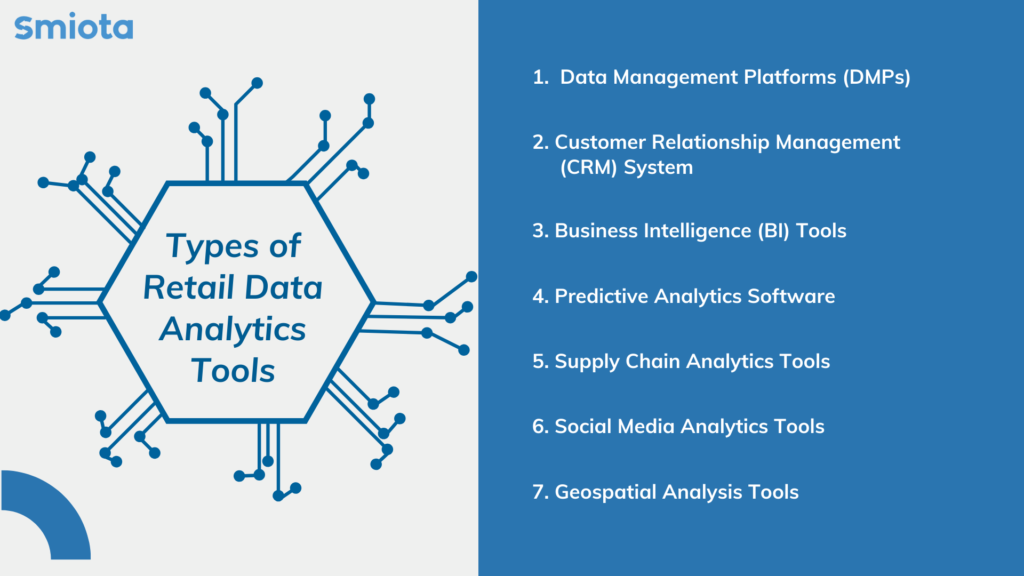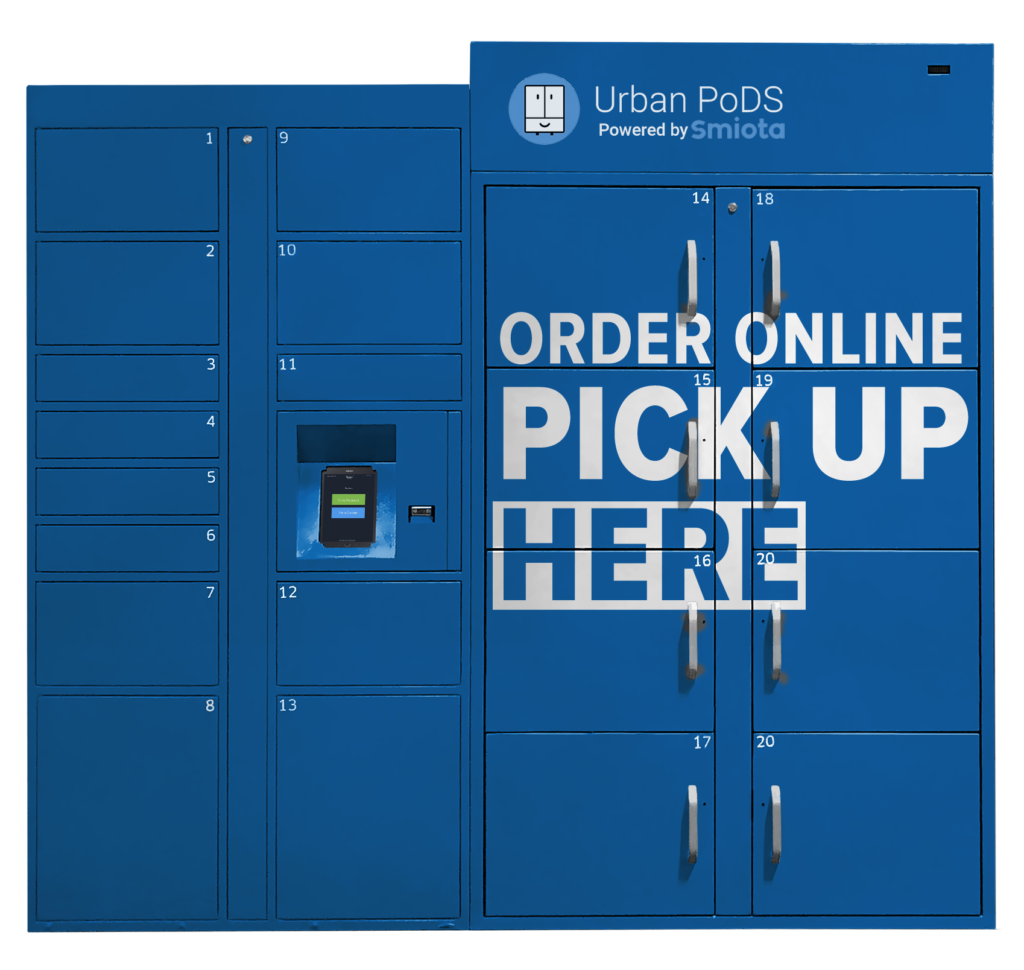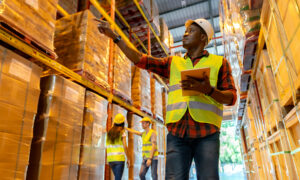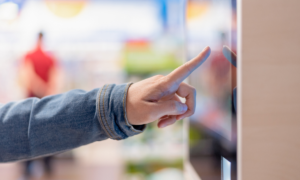Developing data-driven strategies through retail analytics is crucial for understanding customer behavior, managing inventory, and improving the shopping experience. Retail analytics analyzes sales, engagement, and market trends to help retailers make informed decisions and predict future trends. The shift towards innovative technologies, like smart locker apps, enhances data collection by providing real-time insights into customer behavior and logistics. These apps improve package delivery efficiency and serve as valuable data sources for customer engagement and preferences, offering retailers opportunities for optimization and personalization.
Smart locker apps streamline package delivery and pickup processes and open new avenues for data collection and customer engagement. These applications provide a unique touchpoint with customers, enabling valuable data collection on user interactions, preferences, and feedback. As we explore the applications of retail data further, we will see how it redefines retail strategies.
Applications of Retail Data: Unveiling Insights and Steering Decisions
Data analytics empowers businesses with unprecedented capabilities to understand market dynamics, customer preferences, and operational efficiencies. Here, we explore the multifaceted applications of retail data analytics:
Understanding Customer Behavior
Retail analytics deciphers customer behavior by analyzing data from various touchpoints to uncover shopping patterns and preferences. Retail data insights help businesses customize offerings, optimize layouts, and personalize marketing, enhancing customer experience.
Tracking Inventory Levels
Critical in retail, inventory management uses real-time data to ensure precise inventory levels, identify product trends, and predict restocking needs. It balances demand with supply while optimizing costs.
Measuring Marketing Effectiveness
Retail data analytics evaluates marketing campaign performance, correlating sales with marketing efforts to spotlight successful campaigns, efficiently allocate resources, and improve strategies for better ROI.
Discovering True Demand
Retail analytics predicts demand more accurately by combining sales, social media, and market data. It aids in strategic planning, product development, and inventory management to efficiently meet customer needs.
Establishing Optimal Price Points
Data analytics helps set optimal prices by analyzing customer sensitivity, competitor prices, and market conditions, enabling dynamic pricing models for real-time adjustments to maximize profitability.
Enhancing Customer Service with Smart Locker Apps
Smart locker apps integrate retail analytics for real-time package tracking and data collection, streamlining deliveries and returns while gathering insights on customer preferences and logistical efficiency, improving service, and optimizing operations.
Harnessing the true potential of data-driven decision-making in the retail sector requires a deeper understanding of the data types available for analysis.
Types of Data Needed for Retail Analytics
Retail analytics thrives on diverse data types to derive actionable insights, enabling retailers to make informed decisions. With the advent of smart locker apps for real-time package tracking, the scope of data collection has broadened significantly. Here are the primary data types essential for retail analytics:
- Customer Data: Basic info (age, gender, location) plus behavioral insights (purchase history, browsing habits, app usage) are crucial for tailoring the shopping experience.
- Transaction Data: Records of purchases detailing date, time, quantity, price, and payment are vital for analyzing sales trends and understanding customer preferences.
- Inventory Data: Updates on stock levels and demand. Smart lockers enhance this with data on popular items, returns, and pickup preferences.
- Supply Chain Data: Covers order fulfillment, shipping times, vendor performance, and logistics. Smart locker app integration boosts package tracking and supply chain clarity.
- Social Media and Sentiment Data: Analyzes customer feedback and social mentions to assess public perception and satisfaction.
- Geolocation Data: Tracks customer movements for logistics optimization, targeted marketing, and service improvement, especially for smart locker placement.
Retail data analytics tools catalyze retailers to decode complex datasets, revealing patterns, trends, and opportunities hidden within the numbers. These tools help retailers sift through data to uncover trends and insights, enabling swift, informed decisions.
Types of Retail Data Analytics Tools
To leverage the vast amount of data generated by retail operations and smart locker systems, retailers require robust analytics tools designed for various functions:
- Data Management Platforms (DMPs): These platforms collect, organize, and manage large volumes of data from different sources, making them accessible and usable for analysis.
- Customer Relationship Management (CRM) Systems: CRMs help manage detailed information about customers, enable personalized marketing, and improve customer service.
- Business Intelligence (BI) Tools: BI tools are essential for the visualization and analysis of data to identify trends, generate reports, and support decision-making processes. Examples include Tableau, Power BI, and Qlik.
- Predictive Analytics Software: These tools use machine learning algorithms and statistical techniques to predict future trends based on historical data. They are crucial for demand forecasting, personalized marketing, and inventory optimization.
- Supply Chain Analytics Tools: Specifically designed to analyze supply chain operations, these tools help optimize logistics, reduce costs, and improve efficiency. Integration with smart locker data can enhance delivery and pickup processes.
- Social Media Analytics Tools: Tools like Hootsuite Insights and BuzzSumo analyze social media data to track brand mentions, measure sentiment, and understand customer preferences.
- Geospatial Analysis Tools: These tools help analyze and visualize geolocation data to optimize delivery routes, smart locker placements, and market penetration strategies.
By leveraging these tools, retailers can comprehensively understand their operations, customer preferences, and market trends. Integrating smart locker apps into retail analytics signifies a step towards more dynamic, data-driven strategies to meet the evolving needs of the consumer and the marketplace.
Retail Analytics: Real-time Package Tracking and Data Collection using Smart Locker Apps
In our current e-commerce-driven world, seamless delivery is an expectation. But managing package deliveries, especially in busy retail environments, can be a logistical nightmare. Enter smart locker apps like that of Smiota, offering real-time package tracking and valuable data collection for retailers.
Simplifying Deliveries with Smart Lockers and Software
Smiota isn’t just an app; it’s a comprehensive delivery management system. It consists of two key components:
- Smart Lockers: These secure, self-service kiosks are strategically placed within retail stores. They eliminate long queues and missed deliveries by allowing customers to pick up their packages at their convenience.
- Smiota Mailroom Software: This user-friendly software is accessible on desktops and mobile devices. It empowers retail staff to manage deliveries efficiently, track packages in real time, and gain valuable customer insights.
How Smiota Functions: A Streamlined Delivery Process
Here’s how Smiota streamlines deliveries for both retailers and customers:
- Integrates with smart lockers and mailroom systems to automate delivery and pickup, providing real-time updates and notifications.
- It includes web and mobile apps for real-time analytics, detailed reports, and transaction monitoring for full chain of custody tracking.
- It uses the Locker Delivery Operating System (L-DOS) for secure package and goods management, custom workflows, and unlimited integrations with enterprise software. L-DOS supports multiple manufacturers and connects with any smart locker hardware, including existing lockers.
- Smiota’s smart lockers are hardware and cloud-agnostic, running on any public cloud and supporting various locker types (ambient, refrigerated, frozen, and cage).
- It is designed for seamless integration with third-party applications via API, enabling a custom white-label solution with branded lockers and customized user interfaces.
- SOC 2 compliant and ISO certified, ensuring high hardware and software security standards, quality, and consistency.
- It provides real-time dashboards with live updates, reports on logistics operations, and event-driven notifications for activities like opening the locker door.
- Can integrate with other data analytics tools for further analysis and insights through APIs and bulk data extraction.
Real-Time Tracking and Data Collection: A Retailer’s Advantage
Smiota offers a treasure trove of benefits for retailers beyond just streamlined deliveries with:
- Real-Time Package Tracking: Retail staff can track every package’s location and status in real time, ensuring efficient inventory management.
- Data Collection and Analytics: The app collects valuable data on customer pickup times, preferred delivery locations, and overall foot traffic patterns. This data allows retailers to optimize store layouts, staffing schedules, and promotional campaigns based on real-time customer behavior.
- Improved Customer Satisfaction: Faster pickup times, convenience, and real-time communication lead to a more positive customer experience, ultimately boosting brand loyalty.
Conclusion: The Future of Retail Delivery
Integrating real-time package tracking and data collection capabilities in smart locker apps also marks a significant step towards sustainability in the retail sector, as these technologies lower the carbon footprint associated with the delivery process. Furthermore, the data collected through these apps can help retailers understand consumer behavior more deeply, enabling personalized marketing strategies that can drive sales and customer loyalty. This progression towards smart, data-driven solutions reflects the future of retail delivery and highlights the sector’s adaptability in meeting the changing needs of consumers in a digital world.






